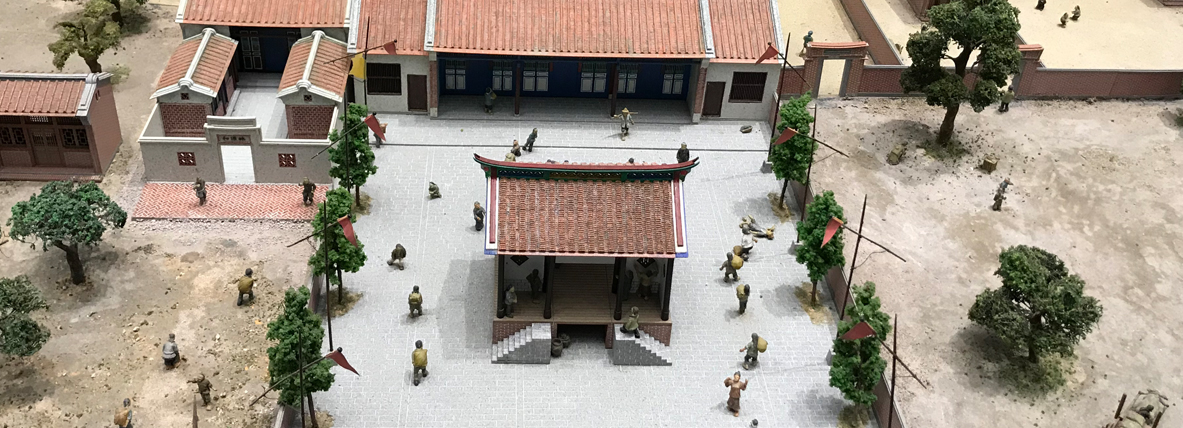:::

Architecture

The spatial arrangement and functionality of architecture reflect society’s control over space. Its structure and technology represent humanity’s knowledge and interpretation of science, as well as adaptation to the environment. Its presentation embodies aesthetics based on the foundations of the two aforementioned elements, and it is also a concrete characterization of human civilization.
If architecture is said to be the culmination of culture and history in human society, thus embodying contemporary thinking and aesthetics, then on an island with such a diverse culture and many ethnic group, there must be an architecture that can reflect the rich history of Taiwan. In response to living, industrial, religious, political and military needs, our ancestors, the indigenous people, the Dutch, Spanish, Han Chinese and Japanese, constructed many buildings by employing different identities, perspectives, materials and technologies. Some of these have become historic buildings and monuments, while others are gradually disappearing.
The various forms of architecture built by different people at different times were designed to fulfill various needs, and thus they many have single or multiple functions, their structures may be simple or complex, and their styles may be rustic or extravagant. As though frozen in space, architecture enables people to appreciate the different stages of history in Taiwan.








